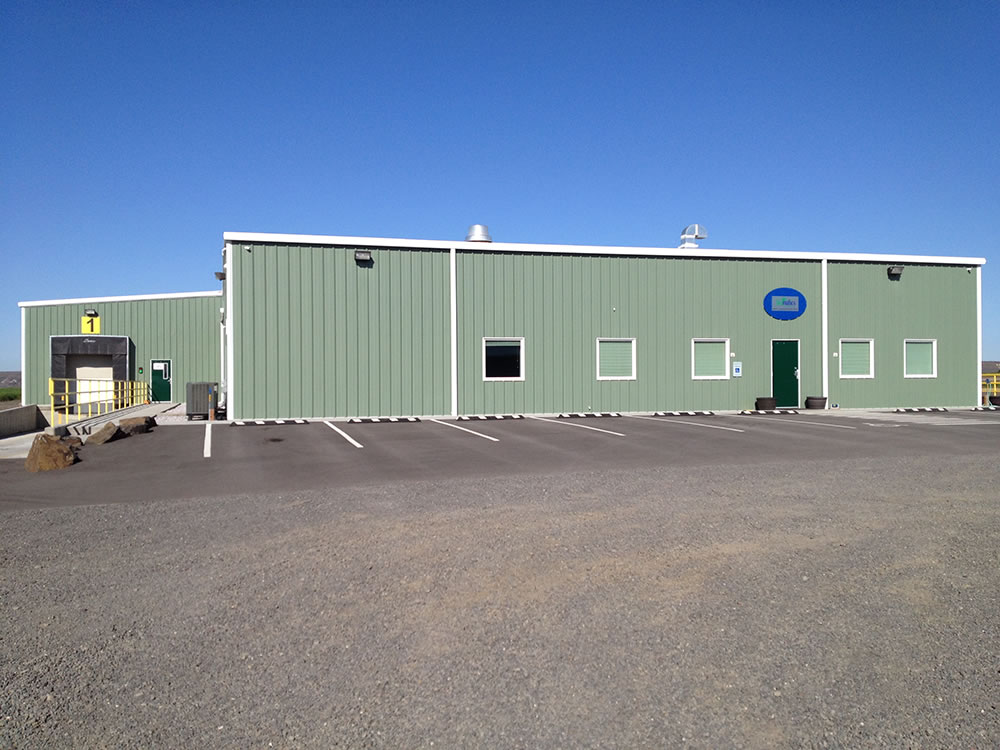How It’s Done
Peppermint and Spearmint Leaf Production
Aromatics was founded in 1990 by David Amoth and a group of growers in the Willamette Valley of Oregon. The original business plan was to sell mint essential oil to toothpaste and chewing gum manufacturers. However, it did not take long for David to realize that the business opportunity was not in selling mint oil, but rather in selling dried mint leaf to the international herbal tea industry. During the early 1990’s, the largest German brand of herbal tea purchased everything we could produce. By 1996, Aromatics still had only one large German customer and sold only one ingredient, peppermint leaf. As David Amoth approached retirement he hired his son, Kurt Amoth, as Marketing Manager. David gave Kurt two tasks, first, find more customers to buy Aromatics’ peppermint leaf and second, identify other crops to grow and supply to those customers.


Final mint leaf quality is determined by several factors, including plant variety and maturity, regional elevation and weather, and the number of hot days leading up to harvest. Many of these factors are out of the grower’s control. Therefore, a significant challenge for Aromatics and its growers is to predict weather conditions to harvest when rain is least anticipated. An unexpected thunderstorm during harvest can mean the difference between receiving bright green leaves without rain, or brown leaves that have been stained by the rain.
Mint plants are harvested mechanically by cutting and laying them in rows to naturally dry in the field. Depending on daily variations in temperature, humidity, and wind, drying can take up to six days. Mint leaves are ready to be picked up from the field when they easily crumble from their stems. A combine picks up the rows, strips the leaves from their stems, and transfers the leaves into a trailer. The dried leaves are then transported to our processing facility.


Our storage and processing facility receives bulk mint leaves directly from the grower’s fields. Bulk leaves are non-uniform in size and contain stems, dirt, rocks, insect parts, and other foreign material. Using air, gravity, and vibration, our processing equipment sorts and sifts the leaves to remove stems and foreign materials. Other equipment cuts and sifts the leaves into Tea Bag Cut (TBC) or Cut and Sift (C/S) size formats. Samples from each field are brewed to evaluate flavor and cup infusion color. Lots can be produced either from a single field, or from a blend of several fields, to best match each customer’s standard product profile. Consistently matching the quality that each of our customers requires is an art that takes considerable patience and experience.
